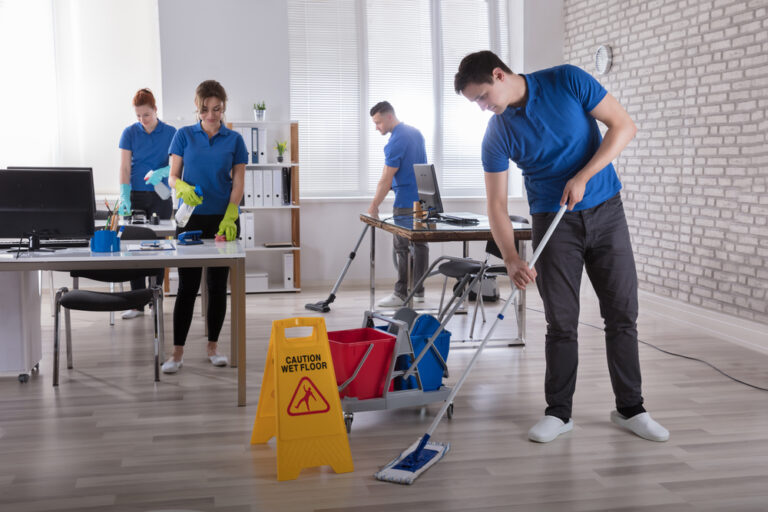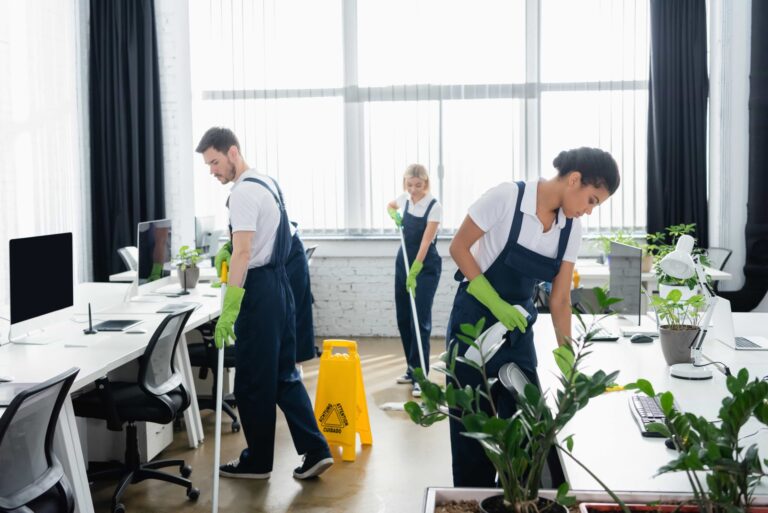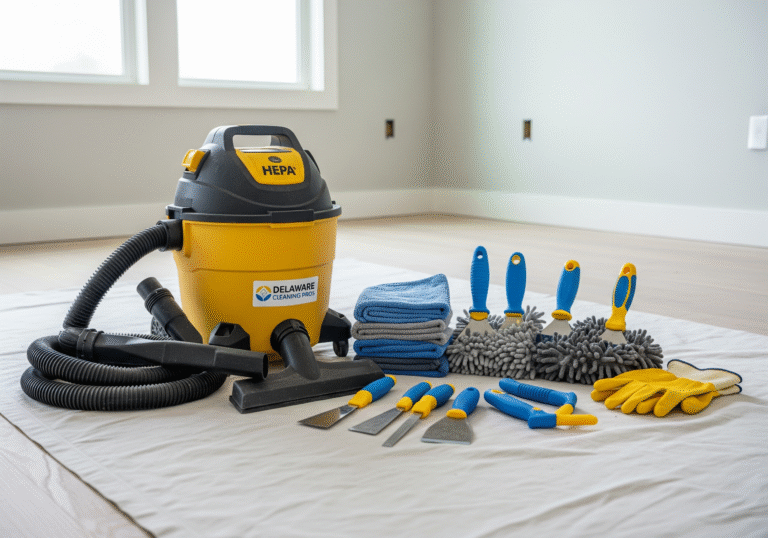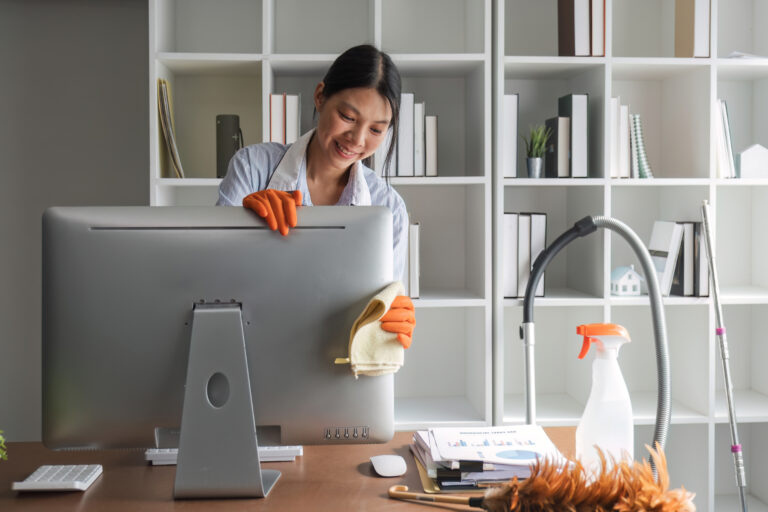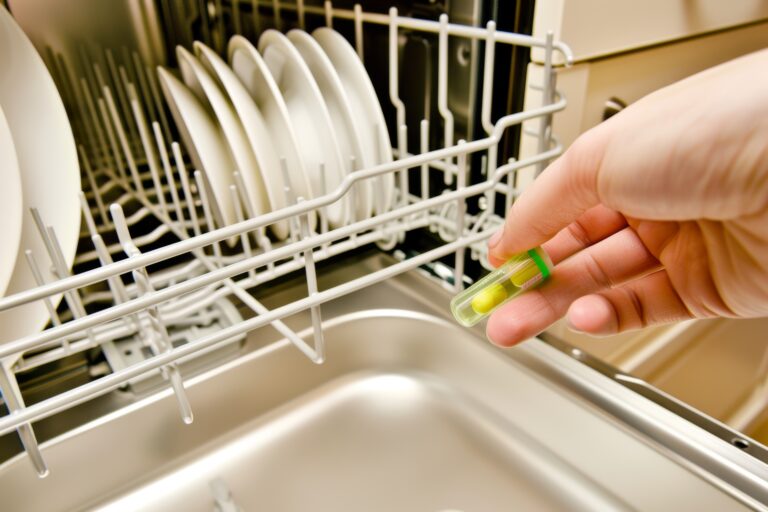10 Tips for a Dust-Free Home: Expert Strategies for a Cleaner Living Space

A dust-free home is essential for maintaining optimal indoor air quality and promoting a healthy living environment. Dust, the tiny particles that settle on various surfaces around the house, can significantly affect people with allergies and asthma, as well as worsen respiratory conditions. Therefore, keeping your home clean and minimizing the accumulation of dust is crucial for the well-being of all occupants.
By following these ten tips, homeowners can effectively reduce the presence of dust in their living spaces, ultimately enhancing overall indoor air quality. Implementing these strategies not only ensures a cleaner and more comfortable home but also helps prevent potential health issues related to poor air quality and dust exposure.
Creating a dust-free haven may seem like a perpetual challenge, but with the right tools, techniques, and preventive measures in place, you can transform your home into a sanctuary free from allergens and asthma triggers. Stay tuned as we delve into our comprehensive guide designed to help you maintain a clean and healthy home environment all year round.
Establishing a Dust-Reducing Cleaning Routine
Effective Vacuuming Strategies
To maintain a dust-free home, it is important to incorporate effective vacuuming strategies into your cleaning routine. Using a high-quality vacuum cleaner with a HEPA filter ensures that dust particles are properly captured and removed from your home. Make a regular schedule for vacuuming, targeting high-traffic areas at least twice a week and other areas once a week.
When vacuuming, make sure to:
- Use the appropriate vacuum attachment for different surfaces (e.g. brush attachments for carpets, crevice tools for corners and edges)
- Move furniture periodically to clean underneath and behind
- Change or clean the vacuum filter according to the manufacturer’s guidelines
Utilizing Microfiber Cloths for Dusting
In addition to vacuuming, using microfiber cloths for dusting is beneficial in maintaining a dust-free environment. Microfiber cloths are effective in capturing dust particles on surfaces, rather than just dispersing them back into the air. Follow these steps for efficient dusting with microfiber cloths:
- Dampen the cloth slightly to improve dust pickup (do not use on delicate or electronic surfaces)
- Fold the cloth into quarters, allowing for multiple clean surfaces
- Swipe the cloth using one direction, lifting the cloth at the end of each stroke
- Rotate the cloth to a clean section as it collects dust
- Wash microfiber cloths separately from other fabrics to preserve their effectiveness
Decluttering to Minimize Dust Accumulation
A cluttered environment is prone to dust accumulation, as dust particles can settle on various items and surfaces. A decluttered space allows for more efficient cleaning and reduces the number of spots for dust to settle. To minimize dust accumulation through decluttering:
- Regularly sort through belongings and discard or donate unnecessary items
- Organize items in closed storage solutions, such as cabinets with doors or containers with lids
- Keep countertops and other surfaces as clear as possible, allowing for easier access during cleaning
Incorporating these steps into your cleaning routine will help create a dust-free home, promoting a healthier and more comfortable living environment.
Advanced Dust Prevention and Maintenance
Purifying the Air with Filters and Purifiers
Air purifiers play a crucial role in reducing dust and contaminants in your home. They work by drawing air through filters that trap particles such as dust mites, pet dander, and pollen. There are several types of air purifiers available, including mechanical filters, activated carbon filters, and electronic air purifiers. When selecting an air purifier, consider factors such as room size, filter type, and noise level.
Alongside using air purifiers, it’s essential to maintain and replace your home’s heating, ventilation, and air conditioning (HVAC) air filters regularly. High-quality pleated filters can help capture smaller particles like dust, pollen, and pet dander, leading to a cleaner environment.
Caring for Textiles and Fabrics
Textiles and fabrics, such as bedding, rugs, and curtains, can accumulate dust and allergens. To minimize the build-up of dust mites, wash bedding at least once a week in hot water, above 130°F (54°C), and dry on high heat. Regular vacuuming of rugs and carpets will decrease dust accumulation, and using a vacuum cleaner with a HEPA filter is highly recommended.
Drapes and curtains can be gently vacuumed using an upholstery attachment or laundered according to the manufacturer’s instructions. It is advisable to choose washable curtains for easy dust removal.
Consider storing seasonal clothes, particularly woollens, in sealable, airtight plastic bags to minimize exposure to dust and prevent the growth of dust mites.
Addressing Dust Sources and Entry Points
To keep your house dust-free, addressing the sources and entry points of dust is vital. One way to minimize dust is by using doormats at all entrances. This helps to trap dirt and debris from shoes before entering the home. Additionally, adopting a “no shoes indoors” policy reduces the amount of dirt carried into the house.
Keeping windows closed during high pollen seasons or when it’s windy outside will limit the amount of dust coming inside. In case it’s necessary to open windows for ventilation, use window screens to help keep the dust out.
When it comes to laundry, avoid drying clothes indoors as this can generate dust from fabric fibers and contribute to the overall dust in the house. Opt for outdoor drying or use a vented tumble dryer.
For people with wall-to-wall carpeting, consider replacing them with hard flooring options such as hardwood, laminate, or tile, making it easier to clean and less susceptible to dust accumulation. However, if this isn’t an option, vacuum carpets frequently and consider using a carpet cleaner to remove embedded allergens.

